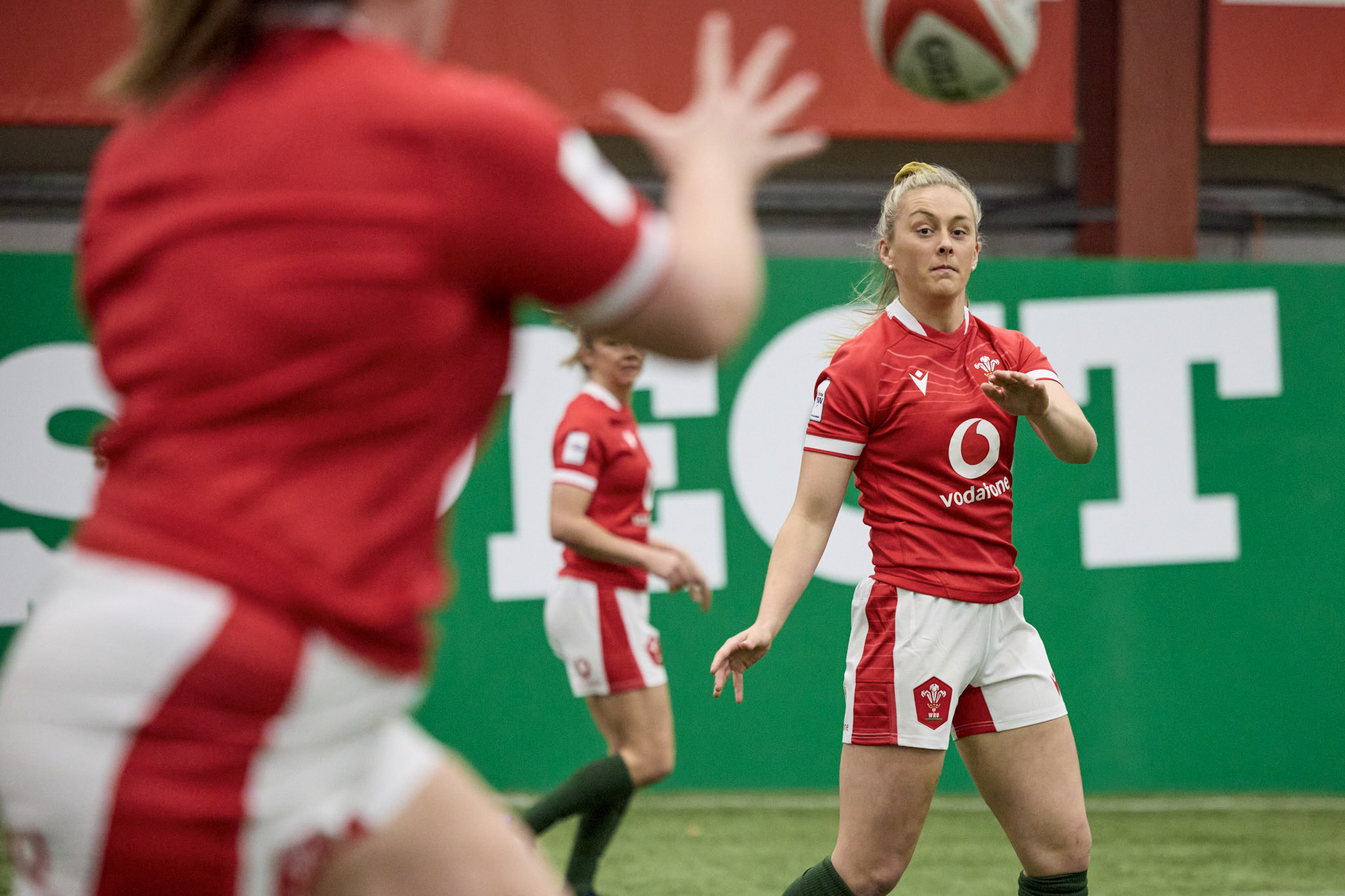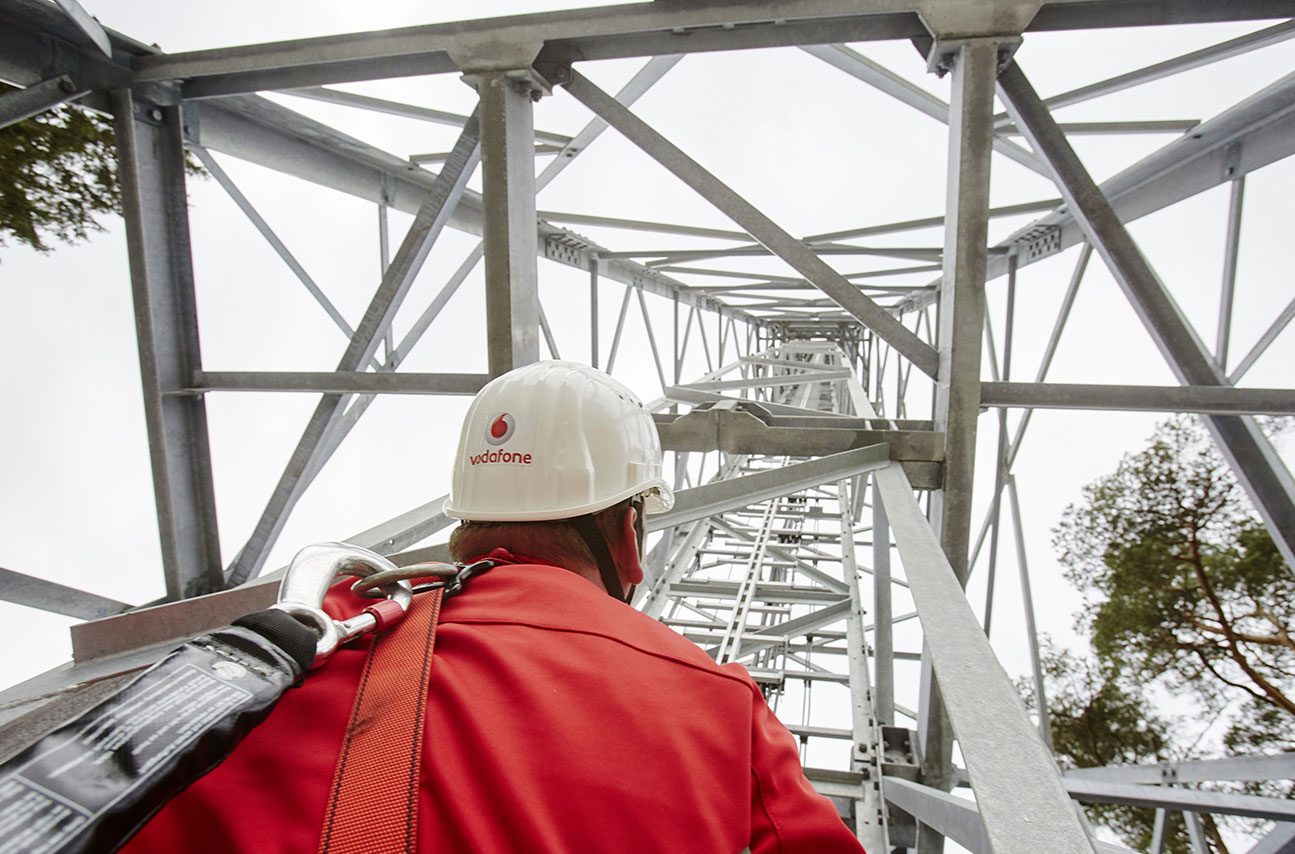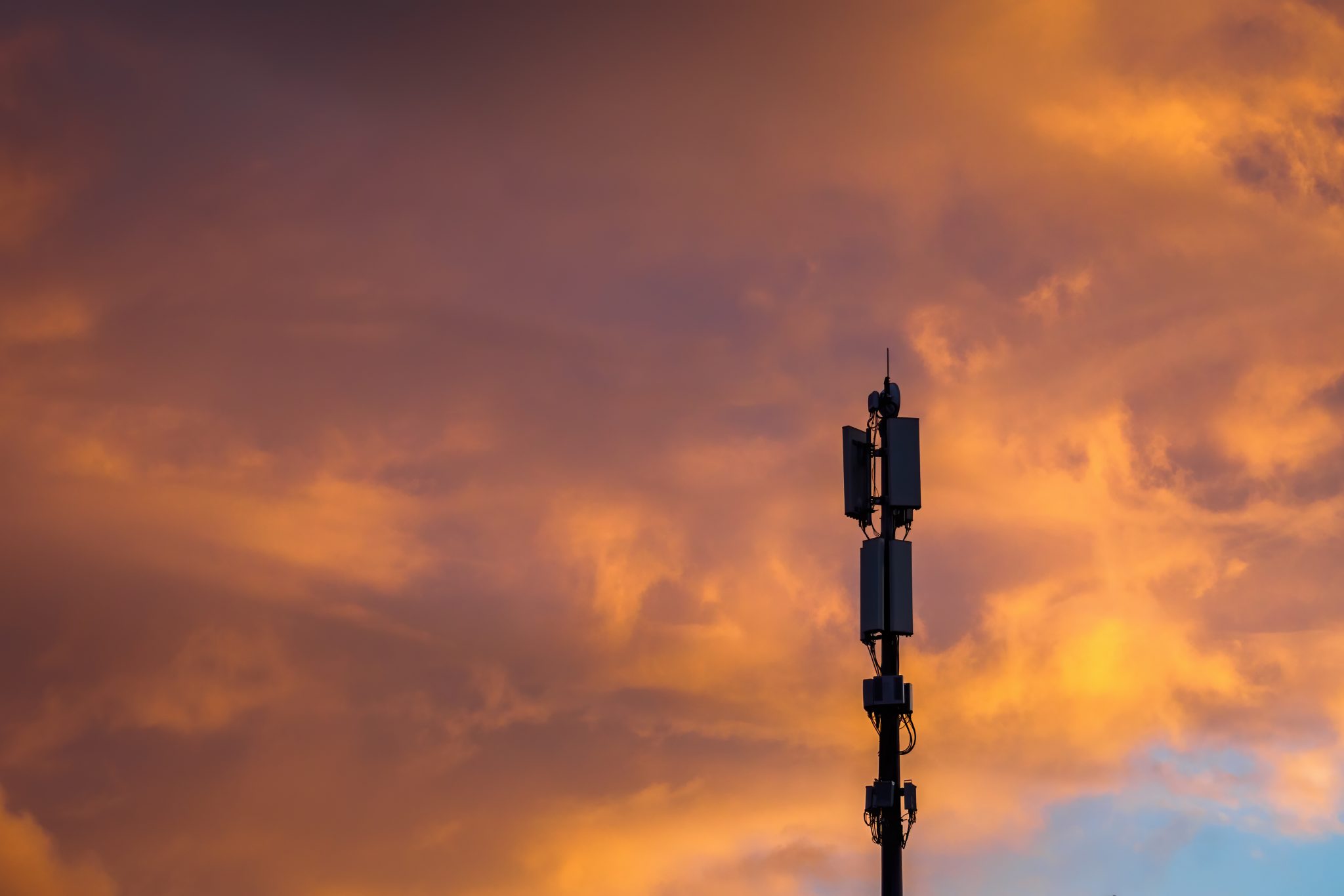The engineering challenges of providing fast mobile signal for 74,000 people, packed into one of Cardiff’s most popular places, were overcome in record time. This is how it was done.
Improving mobile signal in a building might sound easy compared to doing the same for, say, a street or a suburb. But there are few buildings like Cardiff’s Principality Stadium. As the fourth largest stadium in the UK, it’s able to accommodate just under 74,000 spectators. That’s roughly equivalent to the combined populations of Aberdare and Caerphilly, but with everyone congregated closely to each other rather than spread out across scores of different streets and buildings.
Visitors to the Principality Stadium will nonetheless expect to stay connected, quickly and reliably, to each other and to local businesses. Whether it’s for organising post-match drinks, onward transport or sharing selfies from the stands. Meeting those expectations by providing Vodafone 5G mobile signal consisted of far more than just plonking down a standard mobile mast.
“Stadia are by far one of the hardest places in which to provide mobile coverage”, says Adrian Corthine, who leads Vodafone’s Strategic Coverage Team in the UK. “There’s a high density of people in one space that isn’t compartmentalised like, for example, an airport. With the Principality Stadium, there’s the added factor of the retractable roof – whether it’s open or closed could affect the strength and reach of our mobile signal”.
Data used during match on 3 Feb 2024 was equivalent to
480hrs HD video
That's enough to rewatch the match
360 times
Compared to Wales v South Africa, Aug 2023, that's
40% more data used
Build it and they will come
The Principality Stadium was divided into 32 sectors, with each sector having its own dedicated set of radio antennas. As a result, the Principality Stadium was equipped with more than ten times the amount of radio hardware compared to a single, lone mast.
Mounted discreetly on walls, the height and tilt of each one was carefully optimised for a specific direction to ensure that their signal reaches the people below.
To ensure that, as far as possible, people’s phones will connect to the Principality Stadium antenna closest to them, rather than the signal from the existing mast which is weaker as it’s located further away on top of an adjacent building, a finely balanced signal optimisation technique called dominance management is used.
The area immediately outside the Principality Stadium hasn’t been overlooked. Four sectors of 4G outdoor antennas were installed and optimised for very specific spots to ensure coverage throughout.
Mobile phone masts: Everything you need to know
Finding suitable sites, securing planning permission, and building mobile phone masts is more of a tricky and time-consuming business than you may have realised. Our Q&A explains why.
Cable stable
All of those antennas need fibre optic cabling to connect them to the on-site radio equipment and then the rest of the Vodafone network and the wider internet. Indeed, the Principality Stadium hosts a staggering 30km of fibre alone.
Layer cake
While all of this infrastructure has brought the faster download speeds of non-standalone 5G to the Principality Stadium, it doesn’t sit in isolation. It was built alongside the existing 2G, 3G and 4G infrastructure.
This made the installation even more complicated as Vodafone’s engineers had to ensure that the different signals didn’t interfere with one another. Although the existing infrastructure wasn’t designed by Vodafone, the engineers were still able to integrate the two, ensuring they worked together seamlessly. Plus, by switching off 3G as part of the company’s countrywide retirement of that old and power-inefficient technology, its radio waves could be reused for 4G instead, bolstering 4G speeds and reliability within the Principality Stadium.
A basic guide to Vodafone UK’s network
Vodafone UK's high-speed network is state-of-the-art, the result of billions in investment over the last five years. But how do all the parts fit together?
Time machine
A build of this complexity would usually take anywhere from 18 months to three years. But 5G was installed in the Principality Stadium in just one year, ready in record time for the 2024 Guinness Six Nations Championships. Adrian Corthine credits this to several factors, such as the technical design and procurement phases running in parallel to the legal processes for obtaining the build rights, rather than after them as is usually the case.
He also credits the tight coordination between Vodafone and its various partners, particularly connectivity infrastructure provider Freshwave, who helped design and install the solution. “Bespoke builds, like this one, need a lot of experienced, skilled people to deal with the unique conditions on the ground,” Adrian told Vodafone UK News.
Simon Frumkin, CEO at Freshwave, said: “We’re thrilled to have partnered with Vodafone to deliver high-speed mobile coverage for fans and staff at the Principality Stadium, an iconic sports and multi-use venue.
by switching off 3G, its radio waves could be reused for 4G instead, bolstering 4G speeds and reliability within the Principality Stadium
“By working with Vodafone, our companies’ teams designed and deployed infrastructure to enhance customer experiences in less than one year and just in time for the 2024 Six Nations Championship – which was a great achievement. Freshwave’s system ensures access to Vodafone’s network, so anyone in the Principality Stadium can stay connected to whoever and whatever matters to them.”
Game day
Fans have already been putting the Stadium’s 5G to work. At the Wales v Scotland match on 3 February 2024, the equivalent of 480 hours of HD video was transferred over Vodafone’s network. This would be enough to rewatch the match over again 360 times. Data usage on that day was 40% higher than it was during the Wales v South Africa match at the Principality Stadium in August 2023.
The Herculean engineering effort at the Principality Stadium is part of Vodafone’s landmark multi-year partnership with the Welsh Rugby Union (WRU), as the Principal Partner of men’s, women’s, and pathway (U20s and U18s) rugby in Wales and as the Digital Transformation Partner of the Principality Stadium.
Stay up-to-date with the latest news from Vodafone by following us on Twitter and signing up for News Centre website notifications.
![Statue of Sir Tasker Watkins at the Cardiff millennium stadium[Adobe Stock] stock photo of the Cardiff Principality Stadium](https://www.vodafone.co.uk/newscentre/app/uploads/2024/03/Statue-of-Sir-Tasker-Watkins-at-the-Cardiff-millennium-stadiumAdobe-Stock.jpg)



